
Monday June 10, 2019
By John Eligon Photographs By Jenn Ackerman
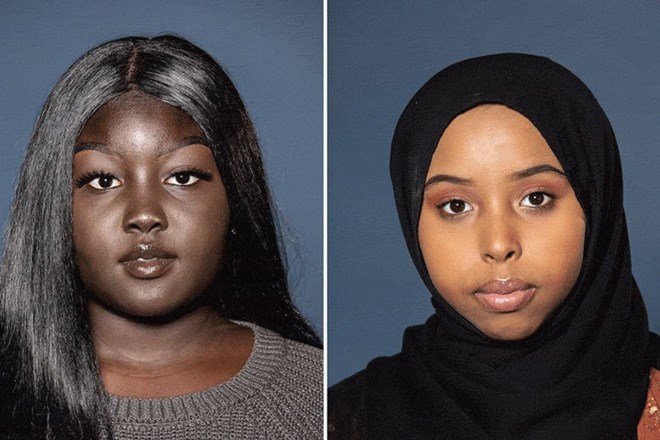
Owatonna High School is in the predominantly white town of Owatonna, Minn. Black children make up about 7 percent of Owatonna High’s 1,400 student population.
When white students at a Minnesota school posted a slur to Snapchat, black classmates demanded action. Their efforts led to uncomfortable conversations about race.
OWATONNA, Minn. — “I knew it wasn’t O.K.,” Kloey, 16, said. “I knew that for sure.”
Late one Saturday night in February in Owatonna, Minn., Kloey posted a selfie on Snapchat with two of her friends. Kloey stuck out her tongue, Candace pursed her lips and Grace wore a wide-eyed grin. While singing along to a rap song in Kloey’s car, Grace, who is white, used a hateful racial slur for what she said was the very first time. Kloey, also white, posted the photo on Snapchat to commemorate the occasion, spelling out the slur in the caption.
The post spread quickly among Owatonna High School’s small population of black students, who had felt for years that racism had been allowed to quietly fester in their school. Not again, they said to each other in anger.
Teenagers flirt on social media. They pour out their souls. And all too often, in an era of viral videos, they show off their intolerance when it comes to race. High school students have been captured flashing the Nazi salute and singing Ku Klux Klan-themed Christmas songs. Teachers have dressed up as a border wall for Halloween and asked their black students to participate in mock slave auctions. The fallout from such episodes often looks the same: online apologies and outrage, and then everyone involved moves on.
But after Kloey’s Snapchat post, something different happened in this town of 25,000 residents, where nearly 90 percent of the population is white.
With the prodding of black students, white Owatonna residents did what they had mostly had the luxury of avoiding: talk about race.
It hasn’t been easy. Jeffrey S. Elstad, the Owatonna superintendent, said that what happened was a “wake-up call” for the predominantly white school. “Race for us is something that we don’t have to think about all of the time because we are white,” he said. “Our students and our families of color think about race all the time. As white people, how are we O.K. with us just, only when it’s convenient, talking about race?”
Kloey’s post helped set off a violent clash the following Monday that involved students, teachers and police officers. The scuffle ended with a black 16-year-old girl being tackled and arrested. That prompted the school’s handful of black students to demand that the school take on its culture of racism. Their efforts led to messy, uncomfortable conversations that would have seemed impossible not long ago.
Struggling to Explain Why
Sitting in a Mexican cafe three months after the unrest, Kloey struggled to explain why she had felt so comfortable using the racial slur. Maybe it was because she had a relative who would sometimes use the word when talking about black people and then laugh, she said, so it did not seem meanspirited. Perhaps it was ignorance or selfishness, she said.
“I think it comes from a place of racism,” said Abang, the girl who was tackled and arrested, recalling that she had told Kloey back in middle school not to say the word, but that she had continued to say it anyway.
After Kloey’s post, many of Owatonna High’s black students came to school upset.
“They’re so quick to address situations about vaping, skipping school and everything,” Eman, a 15-year-old Somali-American sophomore, said of school officials. “But when it comes to racism, they never want to address it. They never want to say, ‘This is happening at our own school, we shouldn’t be doing it.’ It’s not O.K.”
To make matters worse, after Kloey’s post had gone viral, two more Snapchat posts by other white students, both using the same offensive racial slur, began to circulate that day.
One was from a white student who posted a selfie flashing his middle finger, with a caption that accused Owatonna’s black students of “playing the black card.”
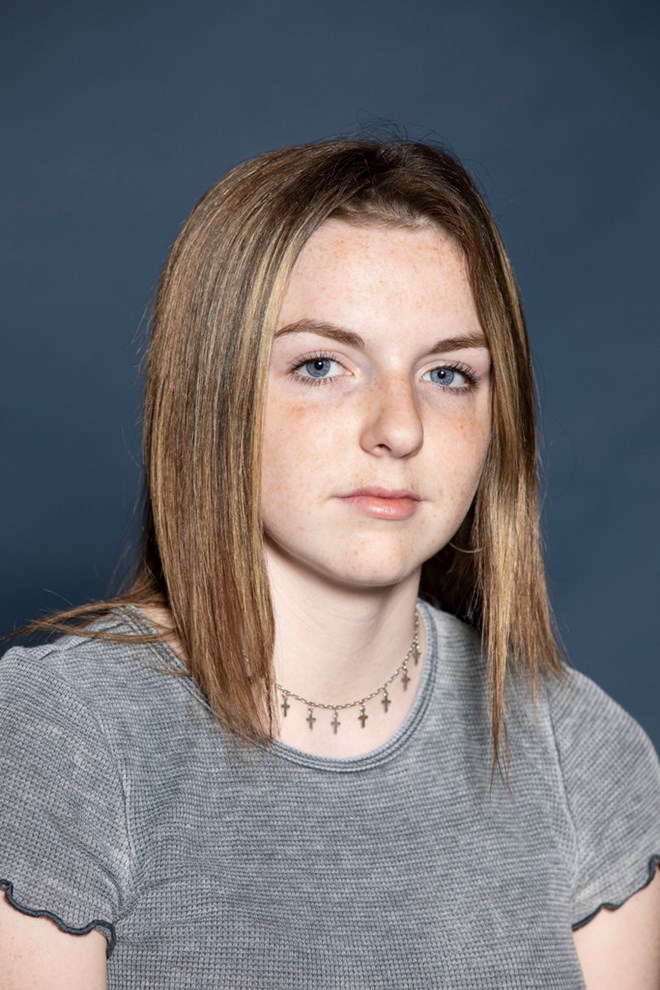
“I knew it wasn’t O.K. I knew that for sure.”-Kloey
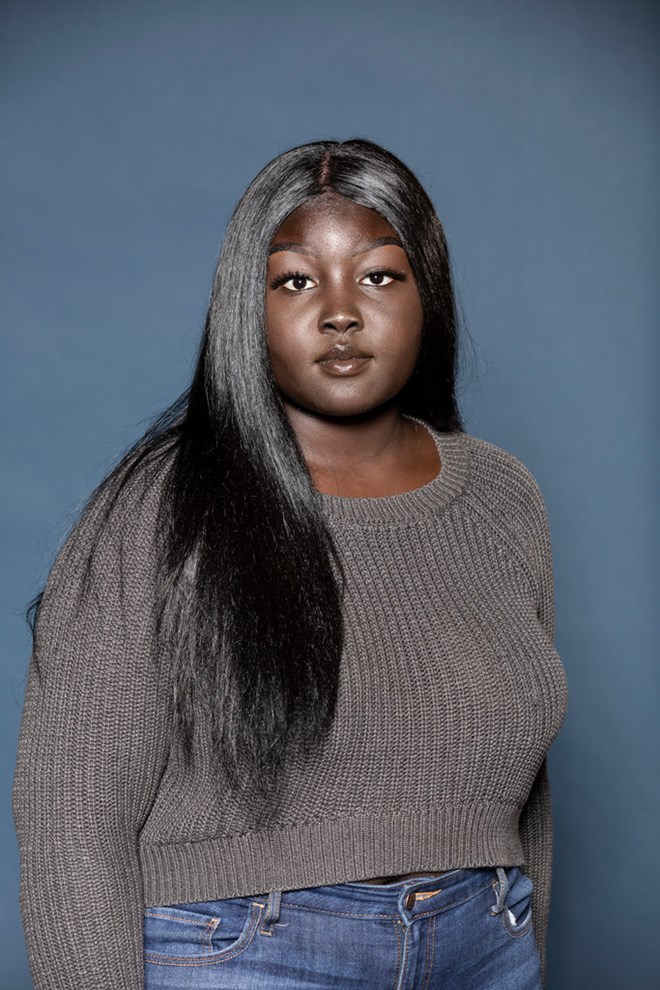
“I think it comes from a place of racism.”-Abang
The other was from a white wrestler who had posted a selfie on Snapchat with a caption stating that he was starting a new tradition during Black History Month, using the same offensive slur to describe it.
Y.J., a black, 14-year-old freshman wrestler, said his white teammates had been taunting him with the slur well before the social media post. He said his coaches had failed to address his complaints.
Emotions boiled over and Owatonna’s black students demanded that the administration take action. “Students got out of control a bit, and we were losing what we thought was a safe, orderly environment in the school,” Mr. Elstad said.
Administrators ordered a lockdown and called the police. Dozens of students were ushered into the gym, where the conflict escalated. As students rushed toward an exit door, they were blocked by the police officers and teachers.
In the ensuing chaos, Abang, a sophomore whose parents are refugees from Ethiopia, got into a struggle with a police officer that ended with her being tackled by another officer, handcuffed and arrested. Video of the episode went viral and brought a lot of criticism to the school.
A racist post on social media by a high school student in Owatonna, Minn., helped lead to a violent clash between students, faculty and police officers on campus in February.Credit- Owatonna High School
Abang was charged with fourth-degree assault of a peace officer and was suspended from school for a month.
Kloey and two other white students were suspended for a month. Y.J. was suspended for four days for sharing his white teammate’s racist Snapchat post with a black friend, which administrators said contributed to the unrest at the school.
Although she does not face jail time, Abang is scheduled for a hearing in several weeks. “My stance now is the school and Owatonna in general is a racist area,” Abang’s father said. “Even though they intimate that they are going to correct this, they are going to make things better for the future, I’m not sure.”
Shifting Attitudes and Assumptions
Two decades ago, tens of thousands of Somali refugees began settling in Minnesota. But black students still only make up about 7 percent of Owatonna High’s 1,400 student population.
In 2009, the school was subjected to a joint investigation by the federal Education Department and Justice Department after a scuffle broke out among white and Somali-American students over a paper written by a white student that suggested negative stereotypes about Somali-Americans.
The investigation concluded that the district had meted out disproportionate punishment against the Somali-American students and that it had failed to properly address the discrimination and harassment that those students faced.
Owatonna High agreed to address the issues, but current Somali-American students say they did not go away.
In the aftermath of the incident in February, the black students at Owatonna told administrators that they didn’t just want the school to ban a racial slur. Eman and other students said they were after deeper change that would address why white students felt comfortable using the slur in the first place.
School leaders introduced trainings on race for teachers and students. They brought in diversity experts and hosted community events and forums. A mediator was called in to lead meetings in which the white students involved in the racist posts and the black students hurt by them discussed what had happened.
Of course, it was slow going. Whether the discussions truly transformed anyone’s thinking on an issue as fraught as race remains to be seen. But many students said they saw the beginnings of what they hoped ultimately would make for a better environment.
About a week after the unrest in the gym, Candace, whose mother is white and father is Mexican, met with several black students, including Eman, to apologize. She told them she understood if they could not forgive her, but that she wanted to help make things right.
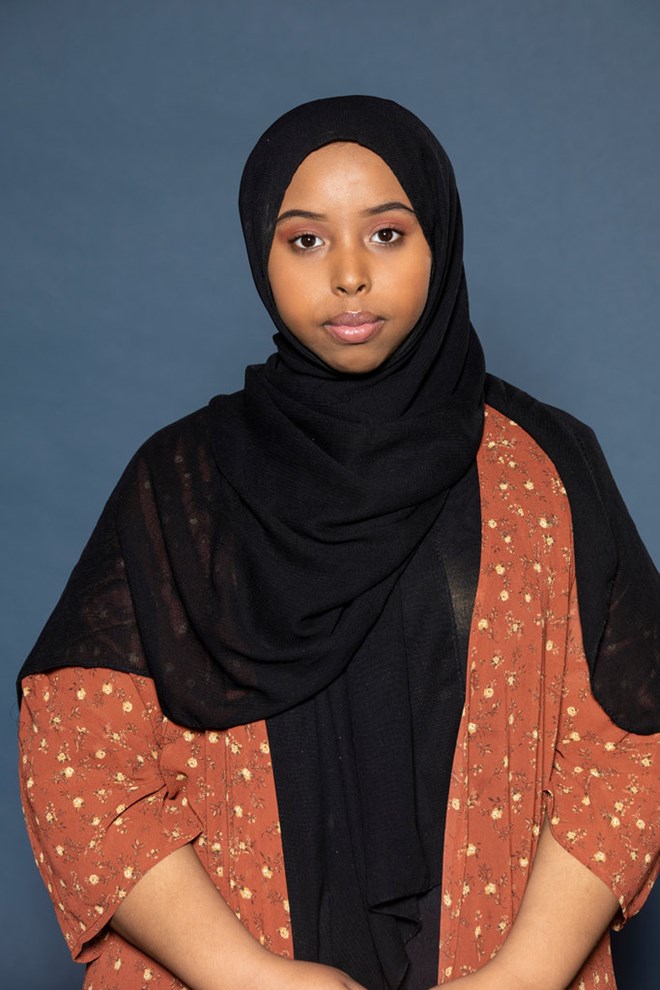
“I knew at some point we were going to have to work it out.”- Eman
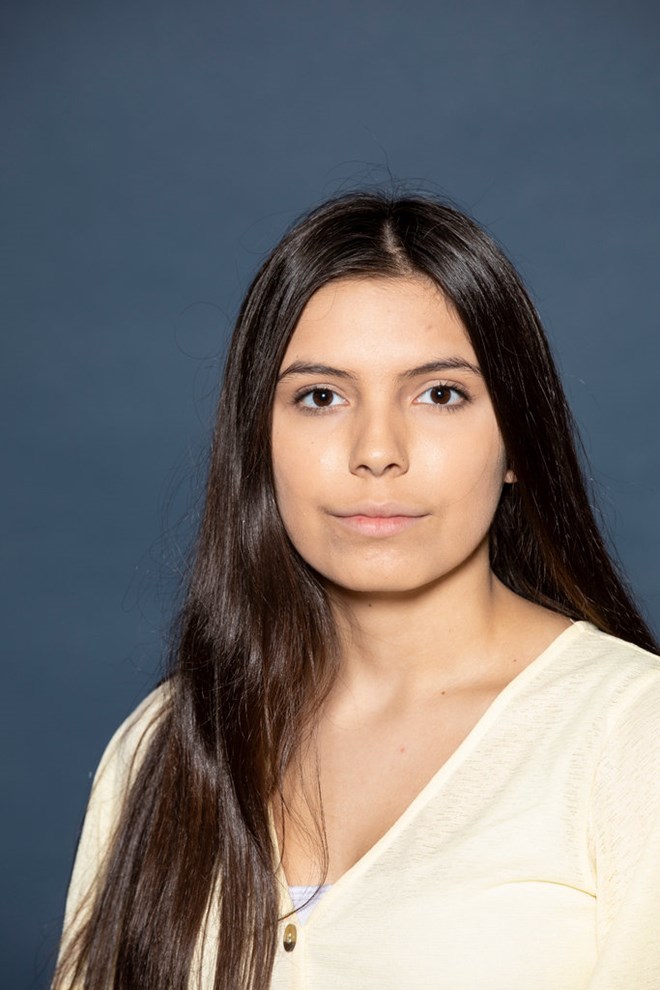
“That’s one of my biggest regrets is not doing something sooner.”-Candace
A few days later, Eman asked Candace, a 15-year-old sophomore, to help her lead a weekly lunchtime discussion group about race.
“I knew at some point we were going to have to work it out,” Eman said. “I don’t like not fixing stuff, especially when it comes to race.”
During the lunchtime discussions, Candace, like many white students at Owatonna, found herself surprised to learn just how common it was for her black classmates to experience racism. Although she said she never used racial slurs, Candace said she realized that she needed to call out those who did.
“That’s one of my biggest regrets,” she said, “is not doing something sooner.”
In an interview, Grace said she felt her use of the slur in the song did not come from a racist place. She suspected that she had said it because she had heard white classmates say it so regularly that it had become normal to her. “I think it was, seriously, it just slipped out, and I was used to hearing the word the last week or so,” Grace said. “It was just in my mind.”
Grace, 15, is home-schooled, and did not participate in the conversations at Owatonna High, but said she has started talking to her black friends more explicitly about how race affects them. “There’s people struggling with a lot that I’ve never experienced before because I’m white,” Grace said.
For her part, Kloey had brushed off criticism right after the episode. “What happened in the past doesn’t happen to them now,” she recalled thinking about black people. In her mind, she used the word as slang, not a slur directed toward black people.
But over the course of several meetings, that attitude started to change, she said.
She heard black classmates explain that they and their families never used the slur at home — she had assumed, she said, that most black people said it casually.
Slowly, Kloey said, she began to understand how the world still viewed black and white people differently. It made more sense, she said, why the word continued to resonate so painfully with black people.
“I feel bad,” she said. “I didn’t care what others thought and I didn’t care about others.”
This article is republished from The New York Times
John Eligon is a Kansas City-based national correspondent covering race. He previously worked as a reporter in Sports and Metro, and his work has taken him to Nelson Mandela's funeral in South Africa and the Winter Olympics in Turin. @jeligon